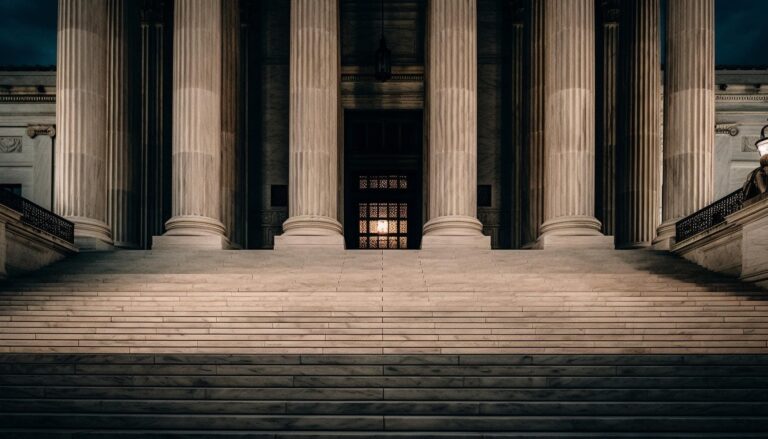- Landlord and Tenant Act 1954 – is the lease contracted out?
A lease is granted for this specific time period. However, if the lease has not been contracted out of the Landlord and Tenant Act 1954 the tenant will have security of tenure. Upon expiration of the term of the lease the tenant will therefore have the right to remain in occupation of the property and a renewal lease will need to be initiated either by the landlord or by the tenant serving a notice on the Landlord effecting the same.
The landlord will be able to ascertain if the lease has been contracted out of the Landlord and Tenant Act 1954, by checking the clauses in the lease. If the lease has been contracted out there will be a clause evidencing the same (which will literally mention the act and contracting out). If not, the landlord may assume that the tenant will have the right to remain in the property following expiration of the term in lieu of a renewal lease being negotiated.
What can a Landlord do if it does not want a renewal lease and instead want the tenant to vacate?
The procedure is unfortunately not straightforward and specific legal advice should be in this situation. However in brief the main option involves serving a specific notice on the tenant not more than 12 months and not less than 6 months before the expiry of the contractual term. The notice will need to specify the landlords reasoning to terminate the tenancy and oppose the tenant’s right to renewal on one of the following grounds:
- Premises are in disrepair
- Arrears of rent
- Other breaches of covenant
- Suitable alternative accommodation
- Tenancy was created by a sub-letting
- Landlord’s intention to redevelop
- Landlord’s intention to occupy
- Yield Up?
Check and see if the lease obliges the tenant to “yield up the property at the end of the term”. Whilst there is no specific meaning of this, it is accepted to mean that the tenant must comply with the covenants contained in the lease at the end of the term and hand back the property to the landlord. If this is done, the property can be swiftly re-let which can minimise any period between lettings, during which the landlord will not receive rental income.
The obligation to yield up will go hand in hand with the repair/reinstatement provisions in a lease, considered below.
- Reinstatement of the Property
During the term the landlord may have consented to tenant’s works on the property and the tenant may have obtained a number of licences for alterations during this time. Many of these licences contain tenant covenants to reinstate the property at the end of the term. Check and see if it contains provisions within the obligation such as the reinstatement being carried out in a good and workmanlike manner and/or to the landlord’s reasonable satisfaction.
However the landlord must always be aware of the specifics of the terms. For example, some reinstatement covenants will be unconditional and the tenant must reinstate within a certain period of time, however sometimes the landlord must serve notice on the tenant to do so.
It is important to be aware of the reinstatement obligations within the lease to make sure that the Property is left in the standard and condition which is assumed.
- Option to Renew
Does the tenant have a contractual right to renew the lease? Is there a certain time period and procedure which the tenant must follow in order to effect the same? Has this occurred?
Shorter term leases can provide the tenant with an option to renew the lease for a further defined term. Usually this will involve the tenant serving the Landlord notice confirming its intention to renew and this must be done within a prescribed time as defined in the lease.
If the lease does contain such an option, it is important to check that the option is strictly defined as only being able to be effected a prescribed number of times (usually once or twice). Should this not be the case, then the lease may run the risk of being a perpetual lease as each renewal lease will contain the option to renew and the lease will simply be renewed again at the end of each renewal term.
It is also important to consider how the other terms of the lease are affected by the renewal – as above at the end of the term the tenant may well be required to reinstate the premises, however this would be a ludicrous covenant if the lease was then going to be renewed.
- Underlease
Is there an underlease in place? During the life of the term an underlease may well have been granted. If this is the case then the underlease should determine shortly before the end of the contractual term of the lease.
It is important to be aware of the terms of the underlease, does this have the same/similar covenants as the lease and has the underlessee covenanted directly with the Landlord to observe and perform all the covenants contained in the underlease? Without a direct covenant, the landlord will have no privity of contract or privity of estate with the underlessee for recourse against any breach of undertenant covenants.
Most underleases are contracted out of the 1954 Act as mentioned above at point 1 but it is important to check. Again most underleases contain a provision that the tenant cannot amend or vary the underlease without the landlord’s approval.
The lease (and any underlease in place) will together provide a comprehensive understanding on how the property is required to be left at the end of the contractual term and what, if any, rights the tenant has to remain in the property. Landlords should be vigilant to the provisions within a lease during the lifetime of the term in any event; however the above should provide a good checklist for some of the main considerations nearing expiry.
For any queries on leases contact a member of Simply.Law’s commercial property team.

